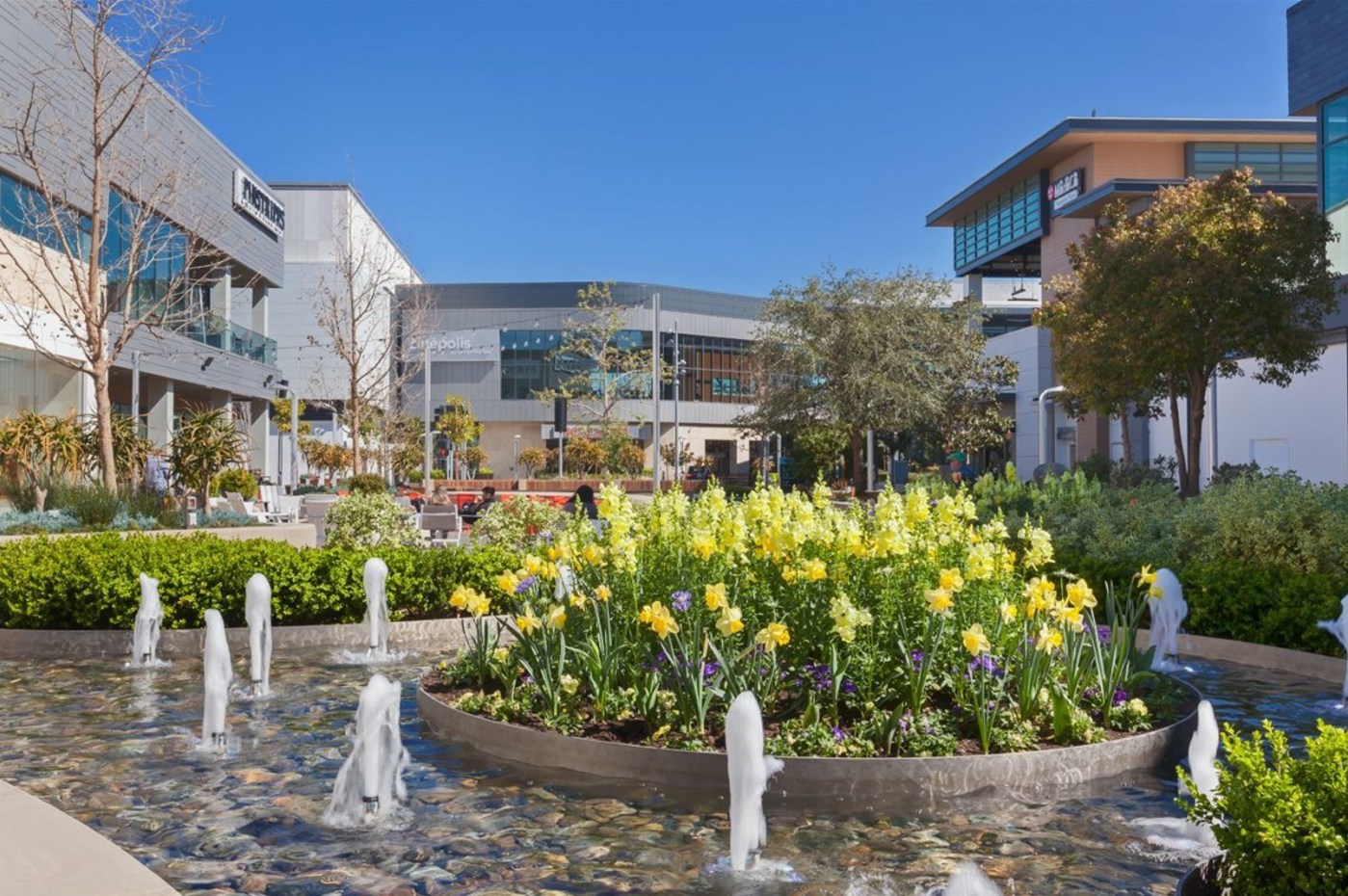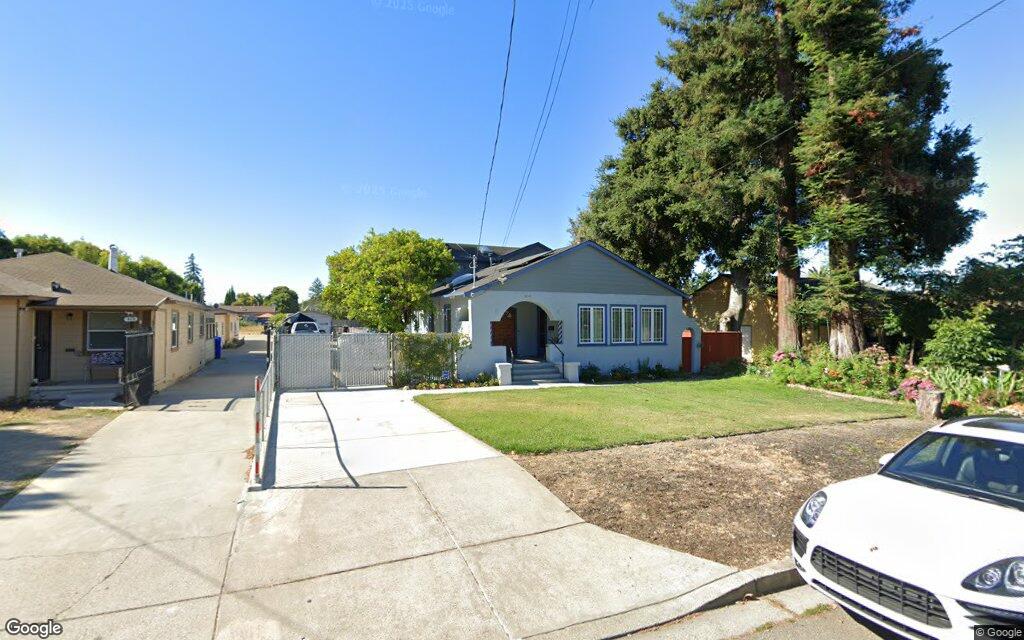A sweeping proposal to transform Hillsdale Shopping Center into a mixed-use development is moving toward environmental review, as project consultants say changing retail habits and a state-driven push for housing make the redevelopment essential.
At a community meeting Tuesday night attended by more than 140 residents, Andrew Turco, vice president of Sares Regis Group of Northern California, a consultant for the project, said the 45-acre mall must adapt to the rise of online shopping in order to remain a relevant and vibrant part of the community.
“Success in the new era looks like something that has retail integrated into a more mixed-use neighborhood, with auxiliary uses that enrich both the retail and the experience people are looking for,” Turco said. “Hillsdale isn’t alone. These same trends are affecting shopping centers throughout the Bay Area and across the country.”
Proposed “Hillsdale Reimagined” plan envisions a place to live, work, and shop.
To illustrate the shift, Turco noted how consumer behavior has changed in recent years.
“We talk internally that, sometimes, when we walk through the shopping center — even on crowded days — it’s amazing how few shopping bags we see,” he said.
Related Articles
Eight Oakland apartment buildings are bought for $60 million-plus
Housing plan involving defunct East Bay mall splits nearby residents
New 242-unit housing development makes its way to Sunnyvale
New California neighborhood is the first fire-resistant community in the U.S.
Los Gatos Planning Commission OKs housing development despite traffic concerns
The redevelopment plan, called “Hillsdale Reimagined” and currently in a pre-application stage, calls for demolishing 1.49 million square feet of existing commercial space and parking garages across 32.66 acres.
In its place, developers have proposed more than 2 million square feet of retail and office space and 1.91 million square feet of residential development. The housing component would include 1,392 units, 15% of which would be set aside as below market rate. Parking would expand to 5,390 spaces — a net gain of nearly 2,000 spots.
Housing would range from studios to townhouses and be available for both rent and sale, according to Sares Regis.
If approved, the project could help San Mateo meet nearly 20% of its state-mandated goal of building 7,015 new housing units by 2031.
Cities across California are under mounting pressure from state regulators to approve more housing in response to a deepening affordability crisis.
In San Mateo County, Portola Valley’s housing plan was decertified last year, triggering the state’s “builder’s remedy” — a provision that allows developers to bypass local zoning rules if their projects include at least 20% affordable units. Cities without compliant housing plans also risk losing access to state and federal funds.
Residents at Tuesday’s meeting raised concerns about future parking availability, the status of the current Trader Joe’s store, and what kinds of housing will ultimately be built.
“We have every expectation that we can come to terms with Trader Joe’s, if that’s their desire,” said David Bohannon II, whose family opened Hillsdale Shopping Center in the 1950s. “But it’s just impossible to sit here today and say we guarantee there will be a Trader Joe’s here. We understand how loved they are by the community.”
Originally opened as an open-air shopping center in 1954, Hillsdale was converted into an enclosed two-story mall in the 1970s, with the North Block Plaza extension added in 2018.
While recent surveys have found remote work remains more common in the Bay Area than in other parts of the country, developers say including office space in the Hillsdale plan is a long-term bet on the region’s economic strength.
“Why is office part of the long-term vision?” Turco said. “The response to that is, this is really a long-term vision. The Bay Area is going to remain an economic driver of California and of the country.”
He added that Hillsdale’s proximity to Caltrain, bus lines, retail, and new housing makes it an attractive location for future office tenants.
“The prime, transit-adjacent, amenity-rich (locations) — both in terms of restaurants nearby, walkability, attractiveness, new floor plans, new construction — are actually commanding premiums that exceed pre-COVID levels,” Turco said. “And if there’s anywhere we’d want to put that type of office, it’s in San Mateo.”
City planning commission and council reviews are expected to continue through the end of the year and possibly into 2026. A master development plan is likely at least two years from approval, with groundbreaking not expected for another five years.





